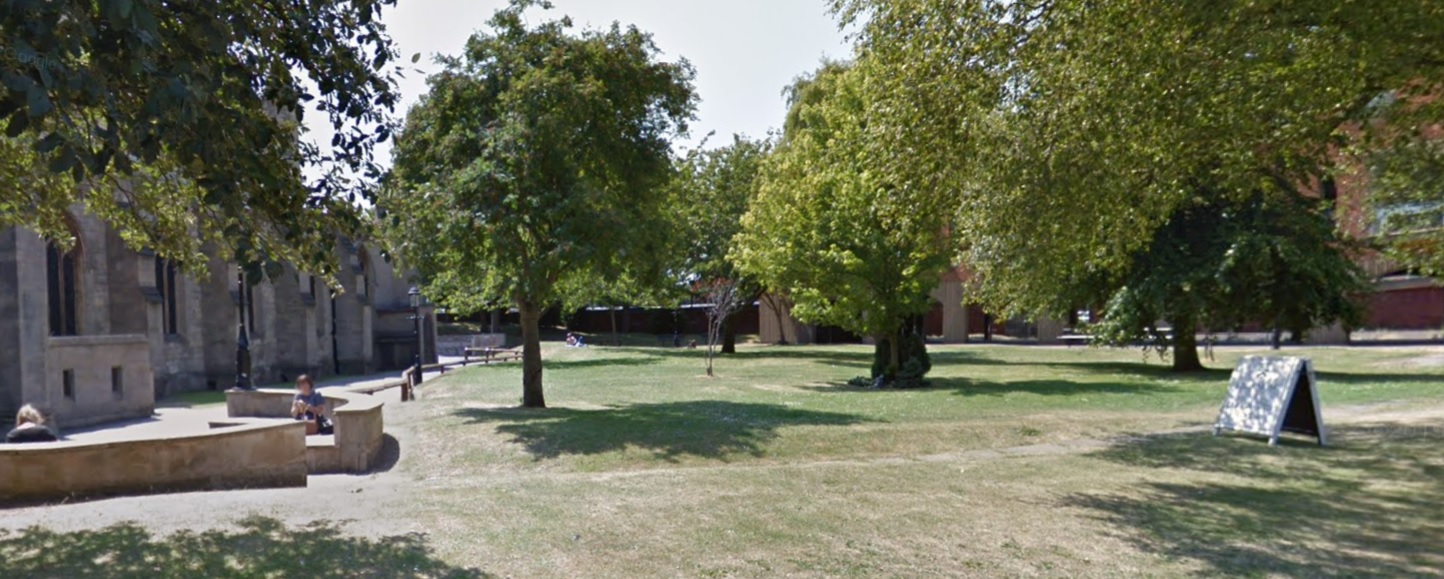Work is set to begin in two popular Grimsby town centre areas, using trees to recreate the landscapes for the 21st Century.
The removal of some old and damaged species starts later this month around the Garth Lane footbridge and in St James’ Square. These are both areas that are due to undergo significant improvements in the coming months as part of regeneration projects masterminded by North East Lincolnshire Council and managed by partners ENGIE.
The £3.5m Garth Lane works are being supported by the Government’s Local Growth Fund, secured by the Humber Local Enterprise Partnership (HELP) as part of the Government’s commitment to the Northern Powerhouse, and the Greater Grimsby Town Deal, with the St James’ Square project also receiving financial support from HLEP.
As previously reported, the existing footbridge on Garth Lane is being replaced, with a transformation of the banks of the River Freshney, along with the green spaces and public areas leading down to the waterside.
The large 40-year-old Willow tree sitting next to the existing bridge, with a limited lifespan and some structural weakness, is coming down and will be replaced by a new Willow next to the new structure with a similar tree directly opposite.
Five Dutch Elm resistant Elms will then be planted on the river side of the walkway that leads from the bridge to Fisherman’s Wharf with four Stone Pines put on the opposite side. In all 10 trees will be planted on the site. There is also a plan to plant a couple of Willow trees on the opposite side of Frederick Ward Way to continue the flow of that species from Garth Lane and through onto the Riverhead.
North East Lincolnshire’s tree officer Paul Chaplin explained how the planting plan had been carefully thought out to design the area in a different way.
“It may be perceived by some that we are taking out valuable trees, but the reality is that we are working extremely hard to ensure that what we put back is of far greater quality and value. Our intention is to create a structured feel and ambience with a design that complements the whole area in the future. For example, the Elms going in with their lovely yellow foliage will complement the red brick of the surrounding buildings,” explained Paul. “Our aim is to intentionally structure the planting, and to influence future planting in the area, to set a precedent for the future.”
Over at St James’ Square, two structurally damaged trees either side of the Fishermen’s Memorial statue and a third tree as you leave the square from the Minster side will also be removed in the next few weeks.
This is in advance of major works that are due to take place in the Square, during which it is planned to re-landscape the whole area – retaining some species and replacing others with Cherry, Lime, Tulip, and Turkish Hazel varieties. Further details about the full scope of the works at both sites will be released in the coming weeks.
Article from NELC. Image from Google Street View.

About the author